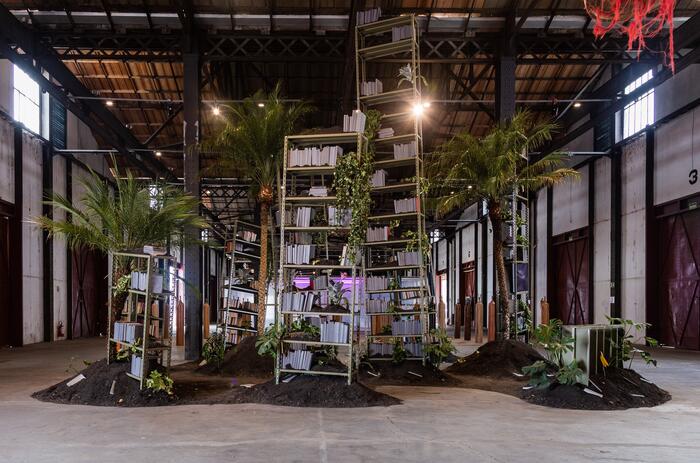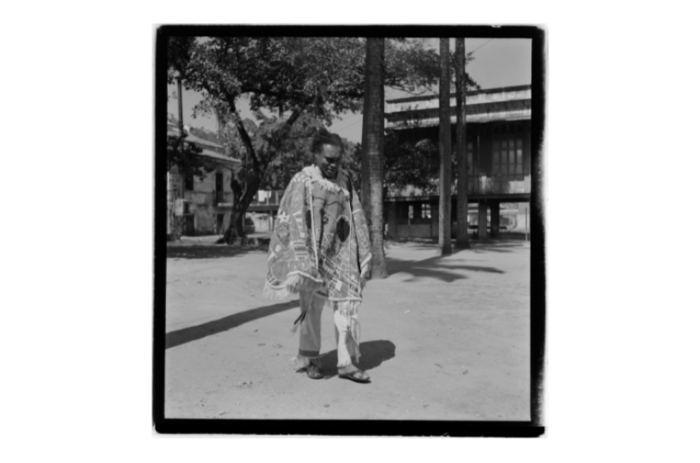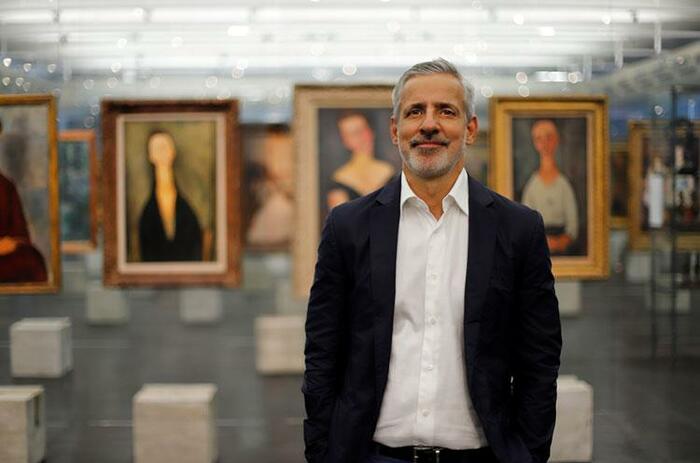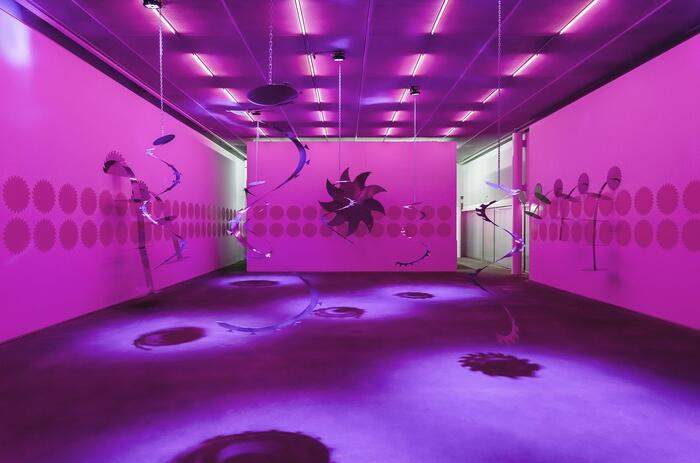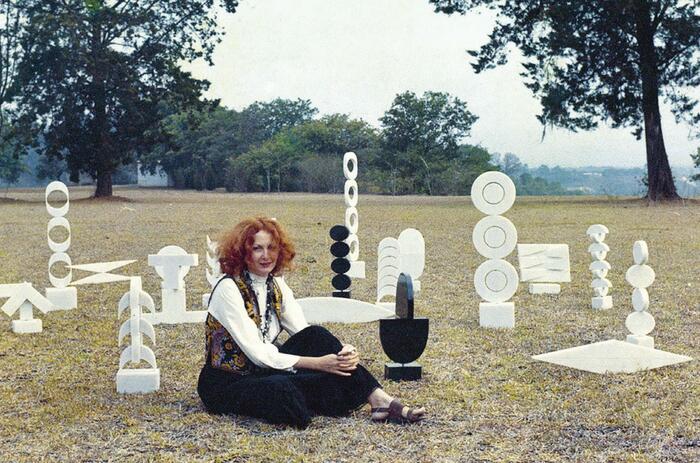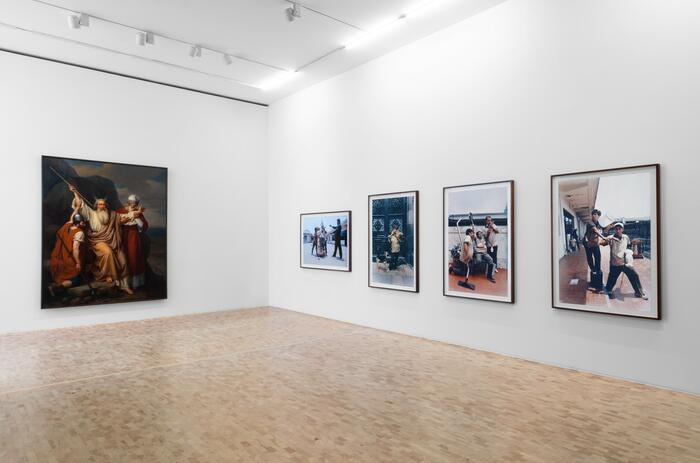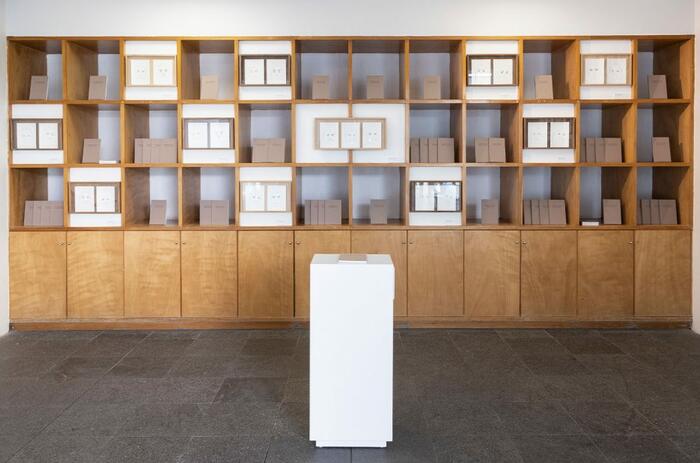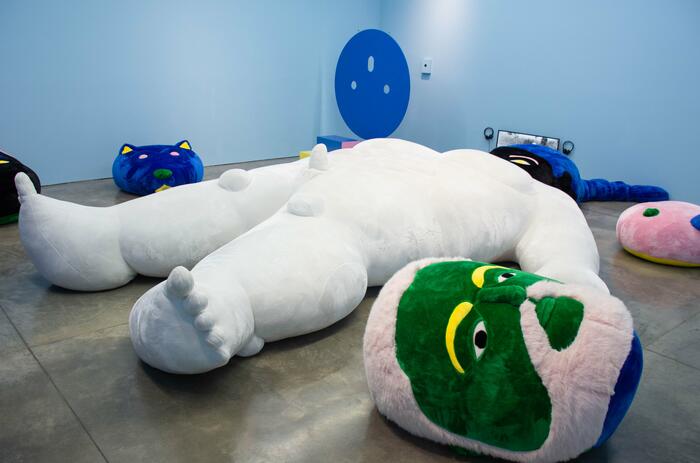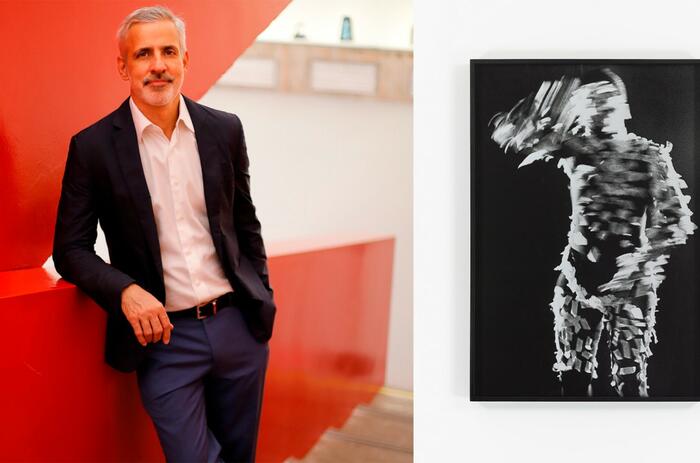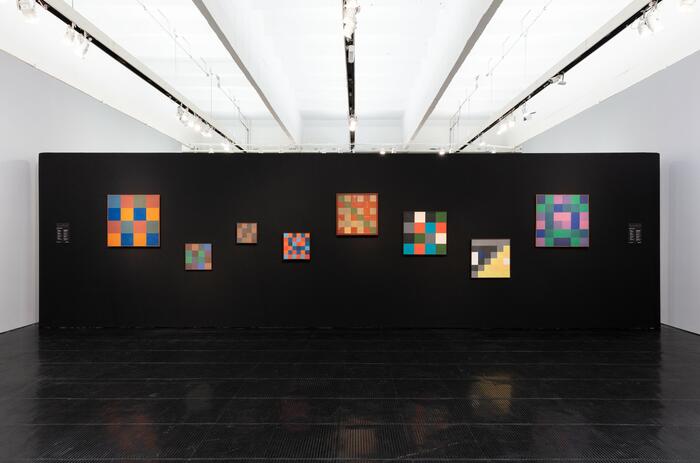JUDITH LAUAND: CONCRETE DEVIATION AT MASP
The largest exhibition ever dedicated to the work of Judith Lauand, with more than seven decades of production.
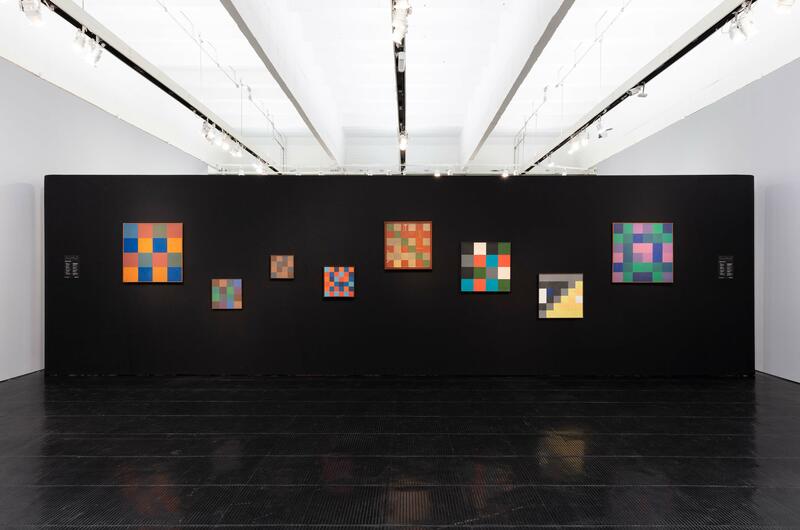
Judith Lauand: Concrete Deviation will review the career of the artist who was the only woman to participate in the Ruptura group, which brought together artists interested in developing concrete art in Brazil in a pioneering way. Lauand's work has often been neglected by art critics and left in the background. A retrospective of her career also aims to encourage further research and debate around her production.
Lauand is a central artist in Brazilian art, especially in the context of the concretist movement that emerged in the second half of the 20th century. Judith Lauand: Concrete Deviation seeks to put into perspective the decisive transition she made at a given moment in her long career: the shift to abstract geometry in the mid-1950s from a production initially based on figurativism. Both the narrative of the exhibition –which comprises 128 works and dozens of documents from the artist's personal archive spanning six decades– and the essays in its respective catalog point to a propensity for geometry and abstractionism from an early age in her career.
In addition, the exhibition will address new perspectives in her work, reinforcing the presence of political themes such as the repression of the military dictatorship in Brazil, the Vietnam War and the condition of women in Brazilian society, as the artist crosses themes such as violence, sexuality, submission and female freedom.
-
Vistas de la exhibición. Foto: Isabella Matheus. Cortesía MASP.
-
Vistas de la exhibición. Foto: Isabella Matheus. Cortesía MASP.
-
Vistas de la exhibición. Foto: Isabella Matheus. Cortesía MASP.
-
Vistas de la exhibición. Foto: Isabella Matheus. Cortesía MASP.
-
Vistas de la exhibición. Foto: Isabella Matheus. Cortesía MASP.
-
Vistas de la exhibición. Foto: Isabella Matheus. Cortesía MASP.
-
Vistas de la exhibición. Foto: Isabella Matheus. Cortesía MASP.
-
Vistas de la exhibición. Foto: Isabella Matheus. Cortesía MASP.
-
Vistas de la exhibición. Foto: Isabella Matheus. Cortesía MASP.
Born in the interior of São Paulo, Judith Lauand graduated from the Escola de Belas Artes de Araraquara, an important artistic pole in the region. In addition to the dogmas of concretism in which she had been initiated, the artist conceived a dynamism of her own, creating new relationships between forms, lines and colors, transcending the rules and conventions of the time, the 1950s and 1960s. For the experimentation on the plane that included unique dialogues between image and word, then moving on to treat the materiality of the objects on the surface, from the application of staples, clips, tacks and other elements.
Despite the formal rigor she employed in his compositions, rhythm and movement never disappeared from her works, which contrast elements through a dynamic balance, generating tensions and ruptures, another mark of his artistic singularity that will be explored in this exhibition.

